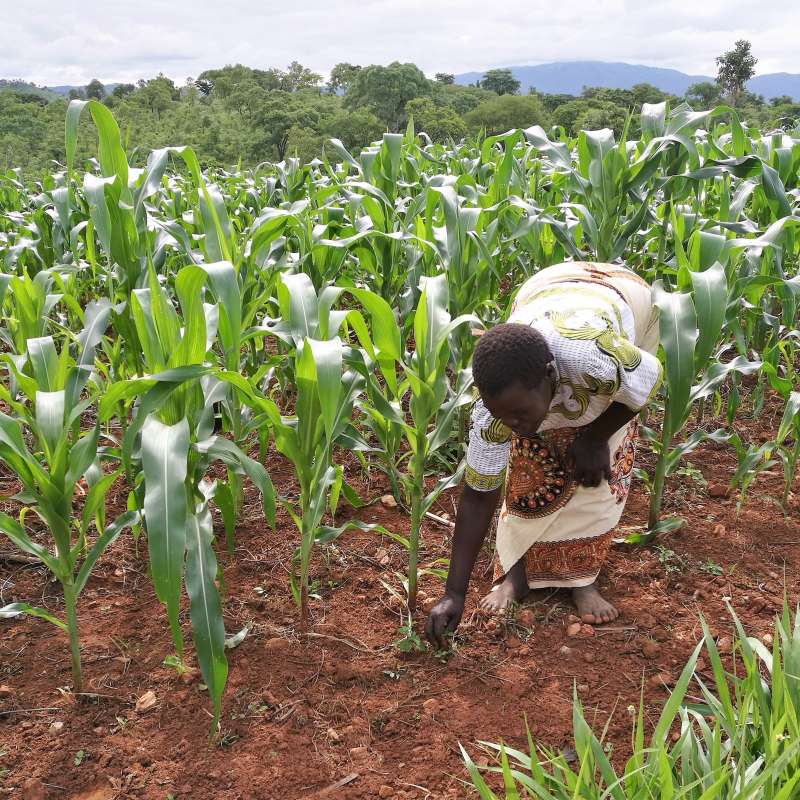Ritter Atoundem Guimapi
Forsker
Vedlegg
CV 2023Biografi
Jeg har erfaring i matematisk modellering innen plantevern. Min akademiske bakgrunn består av en doktorgrad i informatikk og økologisk modellering, en master i informatikk og en bachelor i matematikk og informatikk.
Jeg har en spesiell interesse for, og mange års erfaring i, bruk av matematisk modellering og datamaskinbasert simulering for å forstå og forutsi effekten av miljø- og klimatiske faktorer på dynamikken til agroøkologiske prosesser i forhold til plantevern.
I mitt arbeid har jeg utviklet ulike mekanistiske og empirisk-baserte modeller for å forutsi risikoen for dynamikken og spredningen av skadeinsekter over det afrikanske og asiatiske kontinentet; å optimalisere tidspunktet for feltimplementering av miljøvennlige løsninger for skadedyrbekjempelse. Mange av disse modellene er integrert i Desisjon Support System som VIPS og brukes til skadedyrovervåking og avlingsbeskyttelse.
Forfattere
Frank Thomas Ndjomatchoua Richard Olaf James Hamilton Stutt Ritter Atoundem Guimapi Luca Rossini Christopher A GilliganSammendrag
Det er ikke registrert sammendrag
Forfattere
Frank Thomas Ndjomatchoua Richard Olaf James Hamilton Stutt Ritter Atoundem Guimapi Luca Rossini Christopher A. GilliganSammendrag
Empirical field data and simulation models are often used separately to monitor and analyse the dynamics of insect pest populations over time. Greater insight may be achieved when field data are used directly to parametrize population dynamic models. In this paper, we use a differential evolution algorithm to integrate mechanistic physiological-based population models and monitoring data to estimate the population density and the physiological age of the first cohort at the start of the field monitoring. We introduce an ad hoc temperature-driven life-cycle model of Bemisia tabaci in conjunction with field monitoring data. The likely date of local whitefly invasion is estimated, with a subsequent improvement of the model’s predictive accuracy. The method allows computation of the likely date of the first field incursion by the pest and demonstrates that the initial physiological age somewhat neglected in prior studies can improve the accuracy of model simulations. Given the increasing availability of monitoring data and models describing terrestrial arthropods, the integration of monitoring data and simulation models to improve model prediction and pioneer invasion date estimate will lead to better decision-making in pest management.
Forfattere
Komi Mensah Agboka Elfatih M. Abdel-Rahman Daisy Salifu Brian Kanji Frank T. Ndjomatchoua Ritter Atoundem Guimapi Sunday Ekesi Landmann TobiasSammendrag
Det er ikke registrert sammendrag

